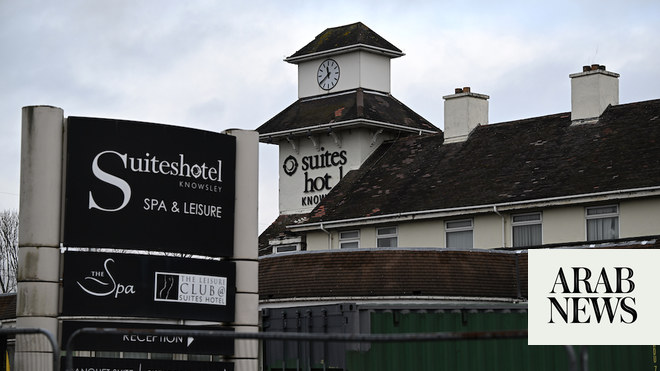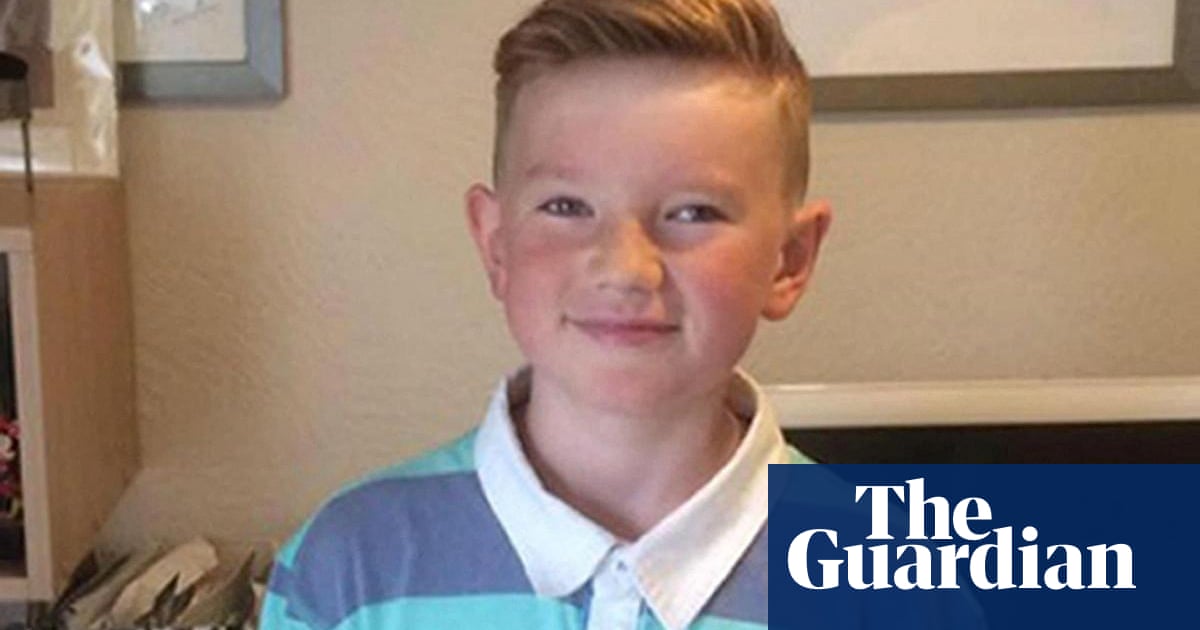
The chilling words of a convicted murderer will soon be heard, peeling back the decades to a winter’s night in 1969, in a revelatory new recorded interview with one of the two brothers who kidnapped and killed Muriel McKay. “Maybe the only solution is to get on the spot. To be there again, I’ll have to retrace my steps,” Nizamodeen Hosein will say.
The notorious killer at the centre of a police hunt that dominated the news 55 years ago has suggested that a trip back from Trinidad and Tobago, where he was deported in 1990 after 20 years in prison, might jog his fading memory about the location of the body of the 55-year-old woman he abducted from her Wimbledon home in an extraordinary case of misidentification.
Confirming that McKay’s body remains somewhere on the Hertfordshire farm he once shared with his late brother, Arthur, Hosein has claimed he cannot remember what he last told police. The investigation was reopened this year because Hosein had confessed and given new evidence to McKay’s children three years ago when they visited him in Trinidad. Detectives also flew out to interview Hosein in March this year.
Last month, a police attempt to pinpoint the burial site at Rooks Farm, in Stocking Pelham, failed. McKay’s son, Ian, who lives in Australia, attended the dig, desperately hoping for a solution to the mystery. After the search, the victim’s family said they planned to request that the Home Office give permission for Hosein to fly back temporarily to revisit the scene.
Hosein, who spoke this month to BBC journalist Jane MacSorley, has now asked for another chance to help. “As I said, I have to go to the spot to be able to remember. So, I can’t tell you from here,” he said.
On the evening of 29 December 1969, Hosein and his elder brother grabbed the mother and wife from her house, believing she was Anna Murdoch, the second wife of the media magnate Rupert Murdoch. McKay’s husband, Alick, was a senior colleague of Murdoch’s at the Sun and had borrowed his boss’s car. McKay’s own vehicle was being repaired and so Murdoch had offered the use of his chauffeured Rolls-Royce while he and Anna spent the Christmas holiday back in his native Australia.
Following the Rolls-Royce in their muddy blue Volvo, the Hosein brothers wrongly identified the house where they believed the rich newspaper owner lived. They took Muriel, leaving the empty house for her horrified husband to discover when he returned from work.
This summer, MacSorley has re-investigated the case for Radio 4 in her podcast Worse Than Murder: the last two episodes will drop on BBC Sounds this Monday and next, and will be aired on Radio 4 on Wednesday 28 August and Wednesday 4 September. They contain grim new conclusions about police mistakes in the handling of the ransom demand made by the brothers, who called themselves “M3” in a series of cruel phone calls to the McKays’ home.
Muriel’s children have told MacSorley that no financial help was offered to the family to bring them closer to meeting a demand for £1m made by M3. The sum was worth the equivalent of £14m today.
A bungled series of police attempts to trap the kidnappers, including one that involved dozens of police cars converging on another Hertfordshire village, are thought to have delayed the arrest of the Hoseins. They were finally tracked down via their car number plate and arrested at the farm, before being jailed in 1970. Muriel McKay was never found.
In the final episode of Worse Than Murder, MacSorley accuses Hosein of lengthening the suffering of the McKays. “I’ve been a journalist for more than 30 years,” MacSorley said. “I’ve interviewed paedophiles, rapists, murderers … But I’ve never interviewed anyone quite like Nizamodeen Hosein. To me, he came across as a troubled and deluded man, with no sense of remorse.”












